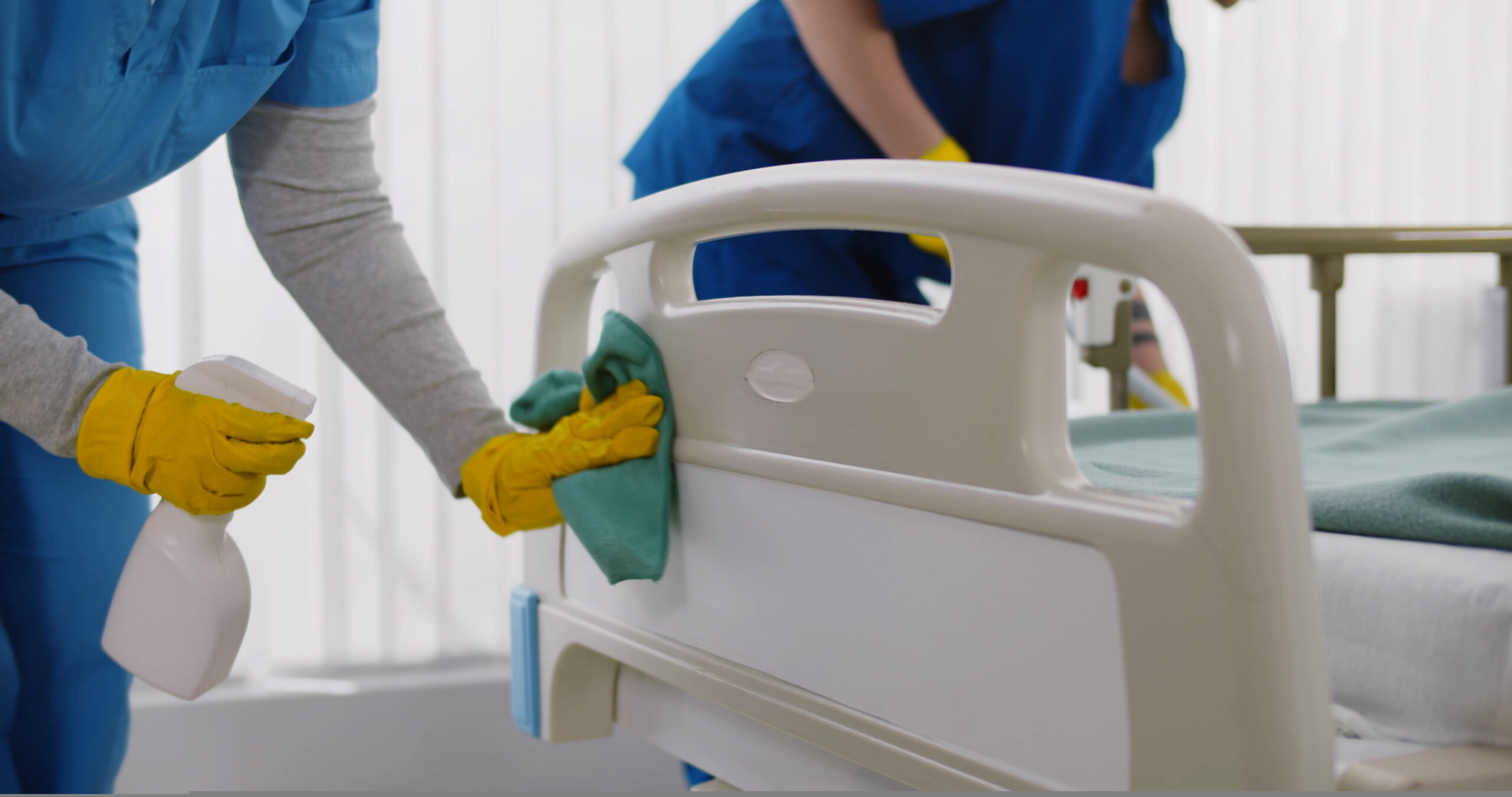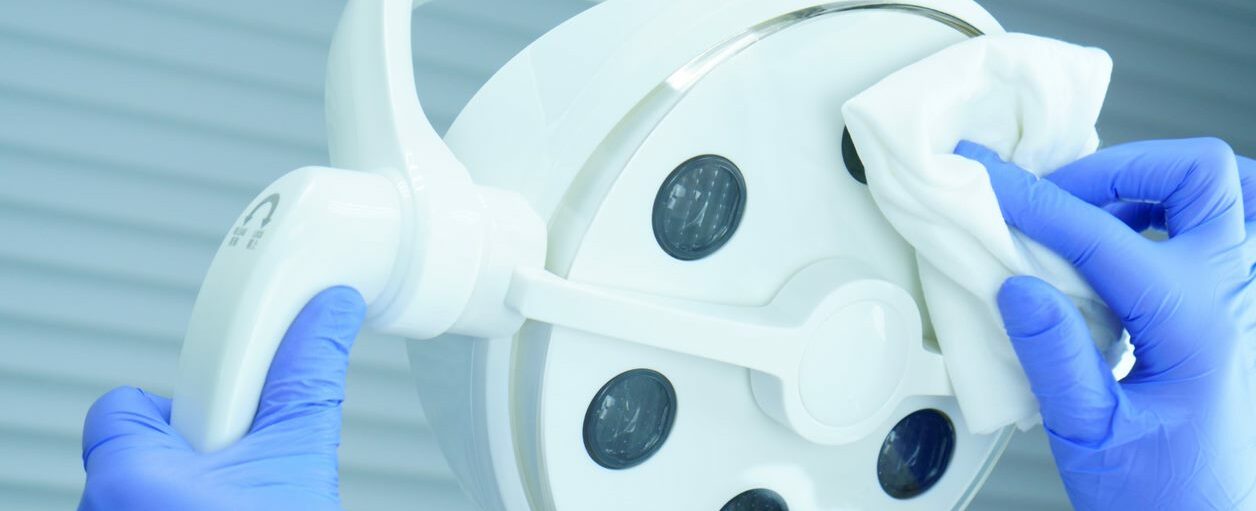Waste Management Strategies – What Can Be Done to Achieve Environmental Goals in the Healthcare Industry?
Article Summary
Healthcare contributes significantly to carbon emissions, with the NHS alone responsible for 4% of England’s footprint. Waste management strategies like the circular economy and the 10R framework highlight that recycling is not enough; reducing, reusing, and redesigning are more impactful. With medical equipment a major source of supply chain emissions, Test Labs’ TL Mark framework supports manufacturers in extending product lifecycles, ensuring compatibility with cleaning and decontamination, and helping the NHS and medtech stakeholders move toward net zero.Article Contents
Despite the cooling effect of the La Niña climate pattern, 2021 still recorded warmer than average temperatures throughout the year – becoming the 6th warmest on record. Looking into the remaining half of 2022 it is projected that this year will be between the 4th- 8th warmest year on record.
Statistics from the World Meteorological Organisation (WMO) state that there is a 93% chance that the next five years will be hotter than the last five years; this further highlights the need to continue, and improve on, global commitments to face one of the major challenges which affects the world today – climate change.
Waste management strategies are important to help you achieve your environmental goals. With the planet suffering the consequences of global warming, governments and industries across the world are putting into practice guidelines, regulations, and initiatives to commit to reducing greenhouse gas emissions by 2050 (net zero).
This has resulted in an increased prominence of environmental management within companies’ strategic plans, with 11% more ISO 14001 certificates being issued in 2020 compared to the previous year. This international standard provides a framework for achieving objectives, meeting compliance obligations, and improving environmental performance.
Companies are starting to follow the same strategy as the European Commission, who adopted the use of a closed loop, regenerative system (also known as a circular economy) in March 2020, by implementing the 3R strategy (Reduce, Reuse, Recycle) to minimise the generation of municipal waste and reduce pressure on natural resources.

However, Cramer (2017) developed a tool which consists of a circularity ladder of 10 Rs (Refuse, Reduce, Redesign, Reuse, Repair, Refurbish, Remanufacture, Repurpose, Recycle and Recover). The first three strategies encourage smarter product use and manufacturing processes, while the remaining seven focus extending the lifetime of products and their parts. Cramer uses this tool to create awareness that circular economy does not just entail recycling and those that are listed first usually have a lower environmental impact. The recycling of plastic alone is an example of this, where it is estimated that with the current commitments, plastic pollution will only decrease by about 7% by 2040.
The high environmental impact caused by recycling is due to multiple factors including: the increased rate of consumption; the low volume of materials that are recycled (either due to being disposed of incorrectly or not being suitable for recycling); the harmful chemicals/pollutants that can be produced; and the upfront energy consumption required. As a result, recycling alone will not be an effective enough strategy to tackle this issue. However, most of the strategies mentioned by Cramer require contribution and commitment from all stakeholders and cannot rely on just an individual company.
There are approximately 33,000 medical device manufacturers in Europe valuing at €140 billion. The UK is the third largest market in Europe (12.1 %) with the NHS being the biggest consumer, meaning there is a consistent demand from these companies to supply into healthcare. Due to the NHS contributing to 4% of England’s total carbon footprint, in January 2020 they launched their Greener NHS campaign which sets out an evidence-based route map to reach ‘net zero’ to meet the commitments of the Climate Change Act (2008). The campaign outlines two main targets:
• For emissions directly controlled by the NHS itself: net zero by 2040, with an ambition to reach an 80% reduction by 2028 to 2032.
• For emissions that can be influenced by the NHS: net zero by 2045, with an ambition to reach an 80% reduction by 2036 to 2039.

In 2019, the largest contribution (62 % / 15.6 Mt CO2e) to the NHS’ emissions was from the supply chain with over 80,000 suppliers. This includes a 10% contribution solely due to medical equipment. This emphasises the need to work with the NHS and their stakeholders, including the 4,000 medical technology companies in the UK, to reduce the environmental impact of these products.
The NHS strategy includes reducing carbon emissions through research and innovation including switching from disposable, single-use items to reusable equipment and substituting for low-carbon alternatives.
At Test Labs, as part of our ISO 14001 certification, we have considered the needs of our stakeholders and have developed a service specifically to extend the life cycle of their products. The TL mark is a framework designed to help manufacturers ensure their products continue to work when exposed to current IPC strategies and cleaning practices. This framework also allows healthcare organisations to follow the guidance outlined by the MHRA to ensure compatibility with any relevant decontamination processes.
This service includes a range of tests, based on multiple ISO standards, on materials and/or products to test for compatibility with a range of different cleaning and decontamination methods, check for residue from chemical decontamination, cross-contamination, material alteration and mechanical failure.
The aim for this framework is to help reduce the inefficiencies that the NHS is seeing in their supply chain, improve the sustainability of medical devices, improve waste management, and encourage others to consider better practices.

Contact us today
if you'd like to discuss your product sustainability strategy!
Get resources & industry updates direct to your inbox
We’ll email you 1-2 times a week at the maximum and never share your information

